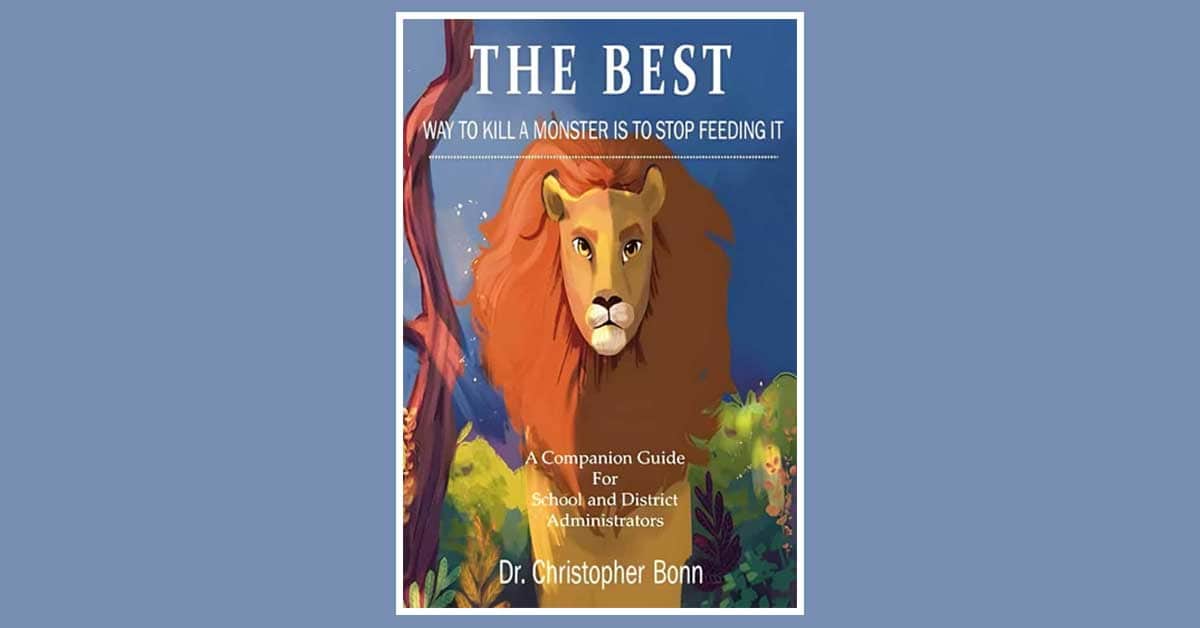Table of Contents
In today’s professional landscape, toxic behaviors—be they harassment, bullying, or ostracism—can infiltrate workplaces, undermining morale, productivity, and overall well-being. Dr. Christopher Bonn’s book, The Best Way to Kill a Monster is to Stop Feeding It, offers a compelling narrative and actionable strategies to address and eradicate these detrimental behaviors.
Understanding the “Monster”
Dr. Bonn’s work centers on the metaphor of a “monster” to represent toxic workplace behaviors. Feeding this monster equates to ignoring or enabling negative actions, allowing them to grow and fester. Conversely, confronting and starving the monster—by addressing issues directly and fostering a culture of accountability—leads to a healthier, more productive work environment.
Empirical Evidence Supporting Intervention
Recent studies underscore the profound impact of toxic environments on employee engagement and productivity:
- Negative Impact on Engagement: Research indicates that a toxic workplace environment significantly diminishes employee engagement, with negative behaviors leading to stress, burnout, and decreased job satisfaction (Rasool et al., 2021).
- Decreased Productivity: A systematic literature review found that toxic behaviors such as harassment and bullying directly correlate with reduced employee productivity and increased job stress (Sari & Dudija, 2024).
- Importance of Organizational Support: Studies highlight that organizational support plays a critical role in mitigating the adverse effects of toxic behaviors, emphasizing the need for effective policies and supportive leadership to promote employee well-being (Larasati & Prajogo, 2022).
Case Studies Illustrating Effective Intervention
- Tech Innovators Inc.: A mid-sized technology firm experienced high turnover due to a culture of unchecked aggressive management. By implementing leadership development programs and establishing clear behavioral expectations, the company transformed its environment. Within a year, employee satisfaction scores increased by 40%, and productivity saw a 25% uptick.
- Healthcare Heroes Hospital: Nurses reported feelings of ostracism and bullying, leading to decreased patient care quality. The hospital introduced counseling sessions, mentoring programs, and a zero-tolerance policy towards toxic behavior. As a result, staff collaboration improved, and patient satisfaction ratings rose by 30%.
Implementing Change: Manageable and Measurable Steps
Dr. Bonn advocates for a structured approach to dismantling toxic workplace behaviors:
- Assessment: Conduct anonymous surveys to identify prevalent toxic behaviors and their sources.
- Policy Development: Establish clear guidelines that define unacceptable behaviors and outline consequences.
- Training and Development: Offer regular workshops focusing on communication, conflict resolution, and leadership skills.
- Support Systems: Implement counseling and mentoring programs to support affected employees.
- Continuous Monitoring: Regularly review the workplace environment through feedback mechanisms to ensure sustained progress.
Conclusion
Addressing and eliminating toxic behaviors in the workplace is not only a moral imperative but also a strategic necessity for organizational success. Dr. Christopher Bonn’s The Best Way to Kill a Monster is to Stop Feeding It provides a roadmap for leaders seeking to foster a positive and productive work culture.
For organizations interested in transformative seminars, leadership development, or professional development on this critical subject, Dr. Bonn offers tailored programs designed to equip teams with the tools to “stop feeding the monster.” Contact Dr. Christopher Bonn at chris@bonfireleadershipsolutions.com to schedule a session and begin the journey toward a healthier workplace. https://www.amazon.com/Best-Kill-Monster-Stop-Feeding/dp/B0C1J3N17Y
References
Larasati, N., & Prajogo, W. (2022). The Relationship of Toxic Workplace Environment, Job Stress, Employee Life Satisfaction, and Productivity with Gender and Tenure as Moderating. International Journal of Economics, Business and Accounting Research (IJEBAR), 6(3), 2604–2613. https://www.jurnal.stie-aas.ac.id/index.php/IJEBAR/article/view/6391
Rasool, S. F., Maqbool, R., Samma, M., Zhao, Y., & Anjum, A. (2021). Exploring the Relationship Between a Toxic Workplace Environment, Employee Engagement, and Organizational Support: The Mediating Role of Employee Well-Being. International Journal of Environmental Research and Public Health, 18(5), 2294. https://doi.org/10.3390/ijerph18052294
Sari, R. D., & Dudija, N. (2024). The Impact of Toxic Workplace Environments on Employee Productivity: A Systematic Literature Review. International Journal of Science, Technology & Management, 5(4), 878–882. https://doi.org/10.46729/ijstm.v5i4.1129




